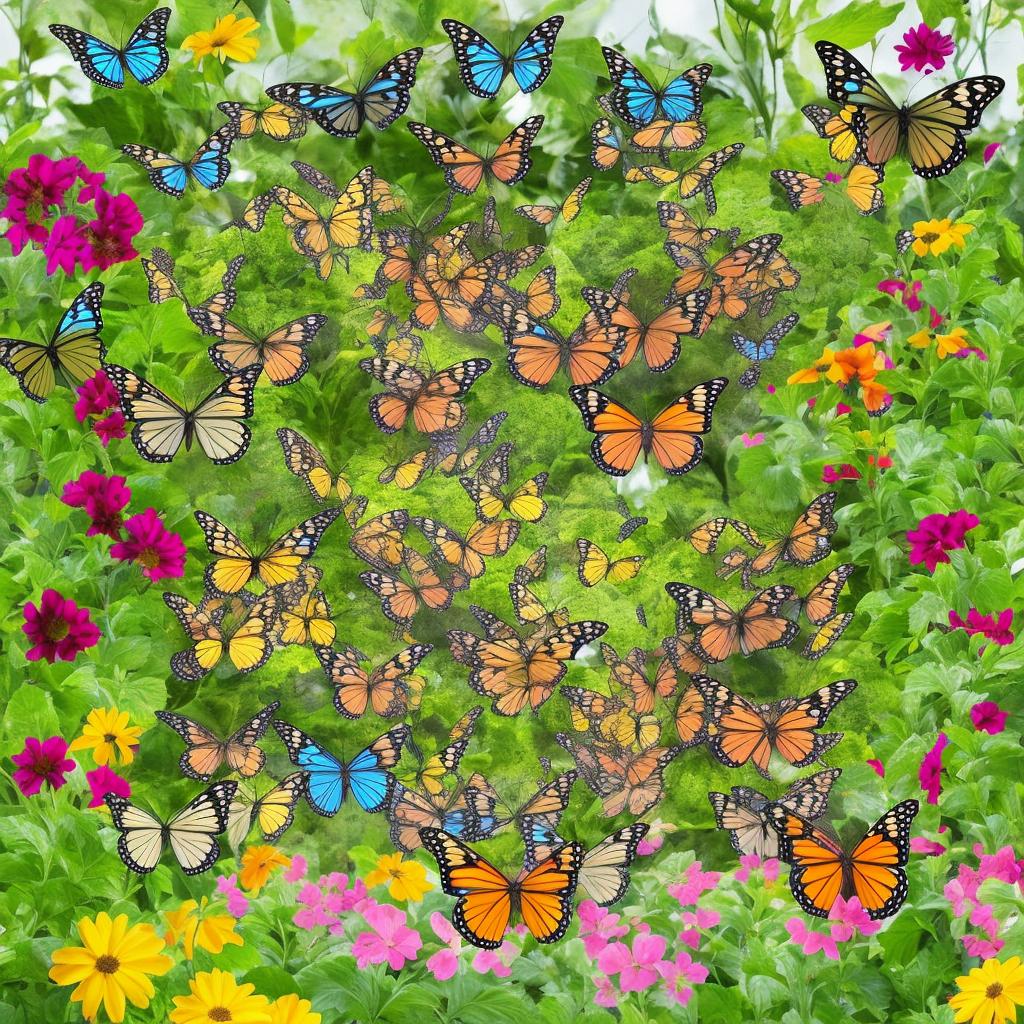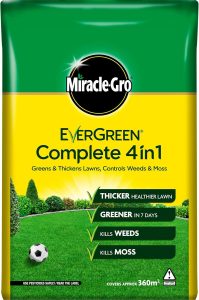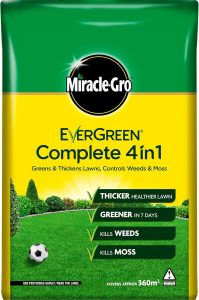Have you ever dreamt of transforming your backyard into a whimsical haven for butterflies? Creating a butterfly-friendly garden not only adds beauty and charm to your outdoor space but also provides a sanctuary for these delicate creatures. In this article, we will explore the essential steps and tips for designing a garden that will attract and sustain butterflies, turning your yard into a fluttering paradise.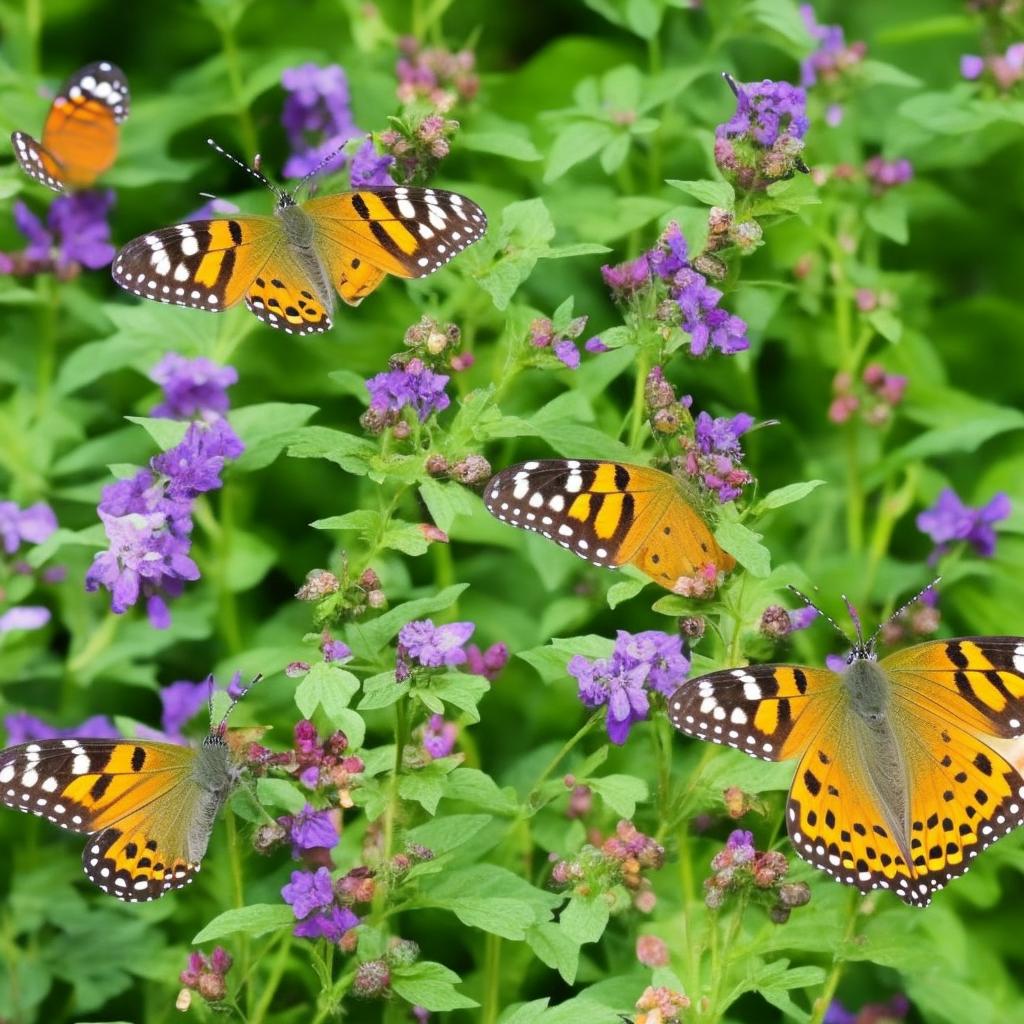
Creating a Haven for Butterflies in Your Garden
is a truly rewarding experience that not only adds beauty to your outdoor space but also helps support these important pollinators. By designing a butterfly-friendly garden, you can attract a variety of species and provide them with the resources they need to thrive.
Here are some tips to help you create a welcoming environment for butterflies in your garden:
- Choose native plants: Select a variety of native plants that provide nectar for adult butterflies and host plants for caterpillars.
- Create different heights: Plant flowers and shrubs of varying heights to provide shelter and resting spots for butterflies.
- Add a water source: Include a shallow dish or birdbath filled with water and rocks for butterflies to drink from.
| Plant | Description |
| Milkweed | Host plant for monarch butterflies |
| Lavender | Attracts butterflies with its fragrant flowers |
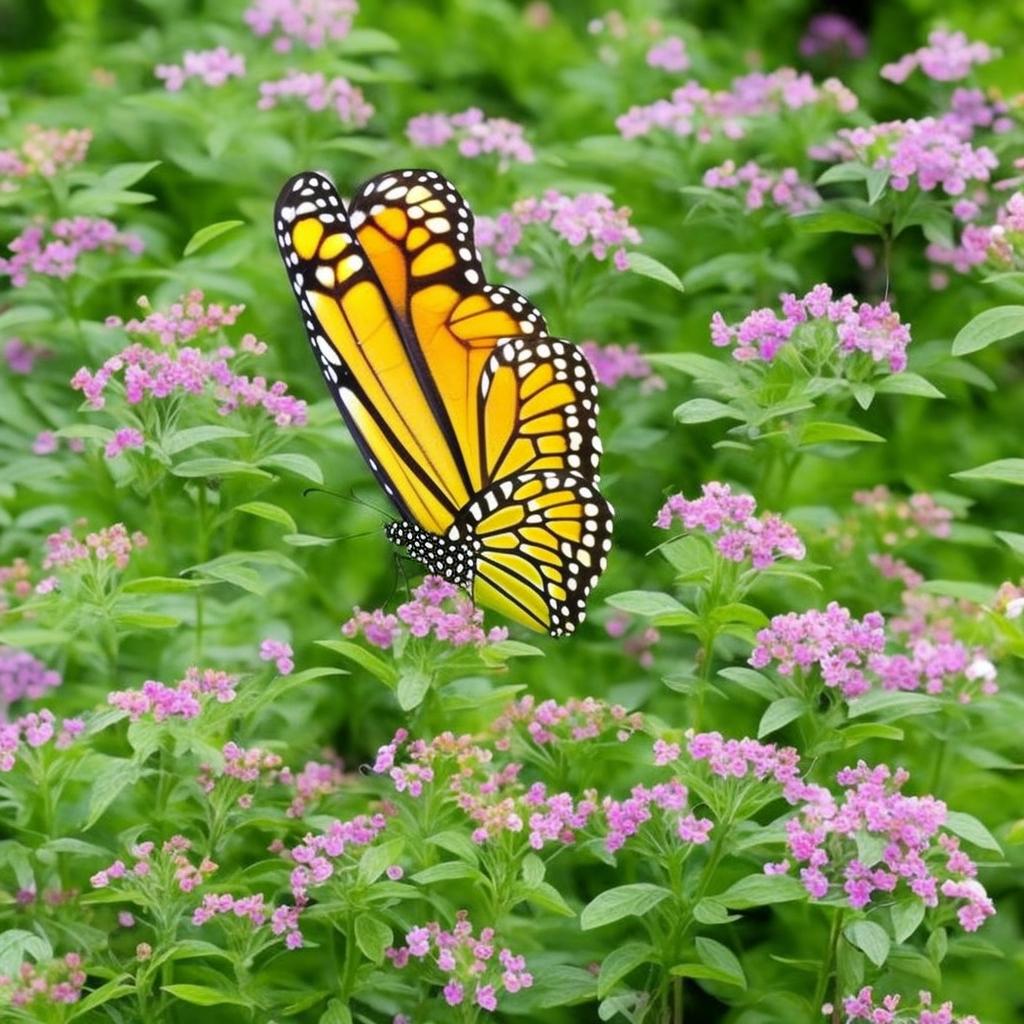
Choosing the Right Plants to Attract Butterflies
When designing a butterfly-friendly garden, it is essential to choose the right plants that will attract these beautiful insects to your outdoor space. Butterflies are not only lovely to look at, but they also play a crucial role in pollination, helping to maintain a healthy ecosystem. To create a welcoming environment for butterflies, consider planting a variety of flowers that provide nectar, food sources for caterpillars, and shelter.
Some of the best plants to attract butterflies include milkweed, lavender, coneflowers, and butterfly bush. These plants not only offer vibrant blooms that butterflies love, but they also provide essential nutrients and safe havens for the insects to lay their eggs. By incorporating a mix of these plants into your garden, you can create a colorful and inviting space that will attract butterflies all season long.
Providing Essential Resources for Butterflies in Your Garden
Creating a butterfly-friendly garden involves more than just planting flowers. To provide essential resources for butterflies, you need to carefully consider the layout and elements of your garden design. Here are some tips to help you design a space that butterflies will love:
- Choose Native Plants: Selecting native plants ensures that butterflies have access to food sources they are familiar with and can easily recognize.
- Create a Water Source: Butterflies need water to drink and stay hydrated. Add a shallow dish filled with water or a small birdbath to your garden.
- Provide Shelter: Butterflies need shelter from predators and harsh weather conditions. Include plants with dense foliage where butterflies can seek refuge.
| Plant | Butterfly Attracted |
|---|---|
| Milkweed | Monarch |
| Lavender | Swallowtail |
By incorporating these elements into your garden design, you can create a welcoming habitat for butterflies to thrive. With the right resources and environment, you’ll be able to enjoy the beauty of these delicate creatures in your own backyard.
Creating a Safe and Welcoming Environment for Butterflies
When designing a butterfly-friendly garden, it’s important to consider the needs of these delicate creatures to create a safe and welcoming environment for them to thrive. One of the key elements to include in your garden is a variety of nectar-rich flowers that will attract butterflies and provide them with a valuable food source. Choose a mix of flowers that bloom at different times of the year to ensure a continuous food supply for butterflies.
Another important aspect to consider is providing shelter and breeding opportunities for butterflies in your garden. Create areas of tall grasses or native plants where butterflies can roost and lay their eggs. Avoid using pesticides in your garden, as these can be harmful to butterflies and other beneficial insects. Instead, opt for natural pest control methods to keep your garden healthy and safe for butterflies to enjoy.
In Retrospect
In conclusion, creating a butterfly-friendly garden is not only beneficial for our winged friends, but also for the beauty and tranquility of our outdoor spaces. By incorporating a variety of native plants, providing food sources and shelter, and avoiding pesticides, we can attract and support these delicate creatures in our own backyard. So, roll up your sleeves, grab your gardening tools, and get ready to transform your garden into a vibrant paradise for butterflies to flutter and thrive. Happy gardening!

